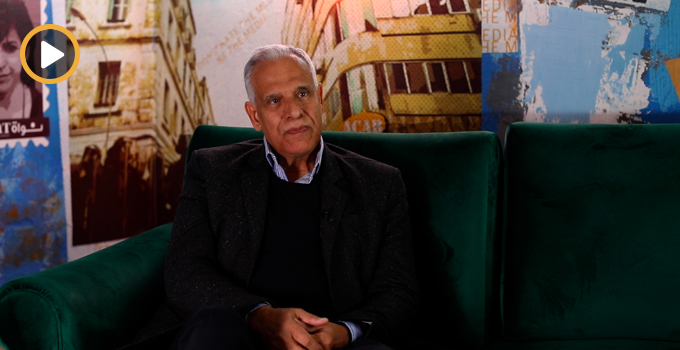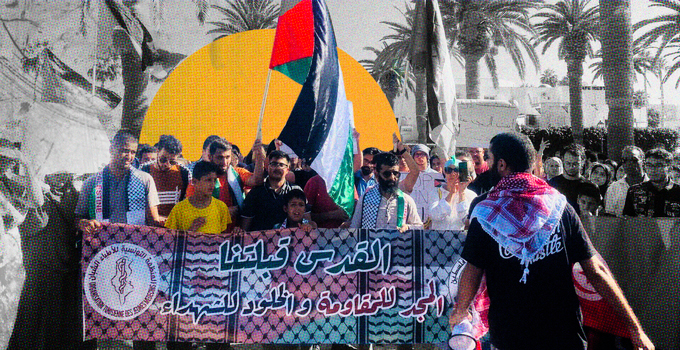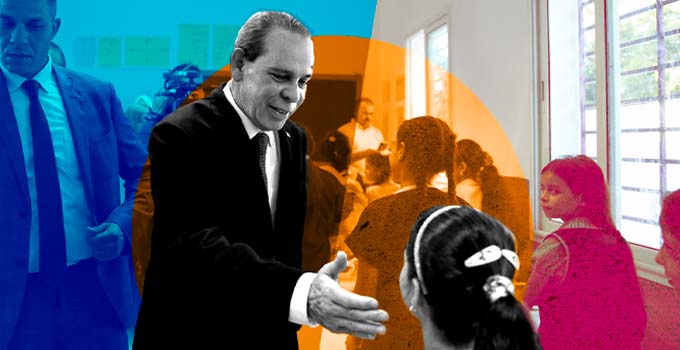As students headed back to school on Thursday the 15th, a looming question hung over the heads of many: what will become of the proposed education reforms this academic year? So far one major project, “The School Regains Her Children,” appears to be making progress. On September 8th, an initiative subsidized by UNICEF Tunisia and The Italian Agency for Development Cooperation within the Italian Ministry of Foreign Affairs was signed by Minister of Education, Néji Jaloul. The donation of six million Tunisian dinars (3 million US Dollars) is designed to “strengthen the national campaign aimed at combatting school drop-out rates.” However, re-cooperating lost students is only one of the several, major issues that the Tunisian education system faces today.

In May of this year, a lengthy 150-plus page White Paper on Education Reform was published by the Ministry of Education as one of the first official outlines for the project. On the agenda are various target areas such as retraining teachers, restructuring the academic calendar, and implementing extra-curricular activities for students. While the text is currently available only in Arabic, officials from the Ministry say translations in both French and English will be released soon on the website.
The Ministry recently published an additional pamphlet entitled “Planned Strategies for the Education Sector 2016-2020,” some 200 pages attempting to clarify the exact target areas, goals, and plans to restructure and revamp national schools from Kindergarten through grade 12. Highlighted areas from the publication are featured in the chart below.

A teacher’s concern: no future for students in Tunisia?
While keeping kids in school is one battle, another growing issue is the enormous number of Tunisians who leave the country to continue their studies, and the very few who return. According to Souad Hannachi, a teacher in a Lycée Pilote – a public school system reserved for Tunisia’s top students- in Jendouba with 30 years of experience in the education system, this brain drain is perpetuated by the current education system. Those who succeed are rewarded with the possibility of studying in Europe, Canada, or the United States. This is especially the case, says Hannachi, since today, “a Tunisian diploma is valued less than a foreign diploma.” Hannachi tells Nawaat.
“We don’t encourage youth to stay here. We do everything to discourage students to stay in Tunisia! There is the narrative that there is no future for students here. They have so much potential and ambition but here, there are no means to live them out!”
Restructuring the curriculum and raising test scores are key in order to create better opportunities for Tunisian youth. Hannachi insists that to make long lasting improvements in these areas, the training and pedagogical strategies of teachers require urgent and serious attention. Hannachi’s arguments hold their ground: she speaks from her experience as one of the head supervisors in her school district in Jendouba.
Where are the parents in discussions on education reform?
A general consensus on reform goals is evident throughout the White Paper and “Planned Strategies” pamphlet, but plans for implementation are still rather unclear. Asked about the weaknesses and main target areas of the reform project, General Program Director for the Ministry of Education, Adel Haddad touches on four core issues: equal opportunities for students; quality of education (which Haddad suggests be addressed in multiple forms including exams, curriculum, teaching strategies); the need to integrate societal values within the values of educational institutions, and vice versa. Lastly, Haddad calls for the decentralization of the current administrative system.
Since the publication of the White Paper, the Ministry’s official website has routinely posted updates, recapping major meetings with local and international partners. Most links leads to short reports featuring pictures of unnamed local officials meeting with community members. Engaging officials at the community and national levels in dialogue has been a key strategy for the Ministry.
“We have launched a national debate on the reforms, [sic] working with experts from the Ministry, civil society, as well as with teachers, students, directors, and parents throughout the nation.” – Adel Haddad, General Program Director for the Ministry of Education.
Immediately following this statement, Haddad pointed out the difficulty encountered to include parents in discussions on reform dialogues given the lack of parent-led associations both on a national and regional scale.
The 2016-2017 school year, a trial run for sustainable reforms?
Keeping kids in schools, improving the quality of education, and equalizing students’ chances for success are visible elements of the Ministry’s reform plan. Meanwhile the one area that lacks a tangible strategy is in balancing the inequalities between interior and coastal regions such as resources and access to education. Many students, for instance, lack a means of transport to school in rural areas. It is often said that teachers who commute from larger cities to rural areas do not always show up to work, or ask students for gas money as compensation for their “trouble.”
While the Ministry claims to be conscious of such issues, it is difficult to pinpoint who is working on what, and to what capacity. Official documentation outlining goals makes for a seemingly transparent process, yet project planning with open access to teachers, parents, and civil society remains crucial to effectively carry out the project.





Great Article,
Education in Tunisia has become an empty shell, impressive on the outside, but devoid of quality and content. As a young and ambitious country in the 21st century Tunisia needs to vastly improve its currently dismal education system, as exemplified by the poor high-school graduation rates (less than 30% average), the endemic truancy (of teachers and students), and low prospects of further education and employment.
What to do? Certainly, parents need to get involved to partner with the teachers; the teachers need training and improved pay, but the most urgent reform should be to the structure of the bureaucracy to achieve regional equity and to lighten the top-down hierarchical system that promotes lethargy and inhibits initiative-taking.
To set a fertile ground for democracy, authorities have to consider the educational reform as a step towards creating the “deep democracy”, no genuine democracy whilst your educational system is still lagging far behind many countries in the region !
Thanks for the piece !